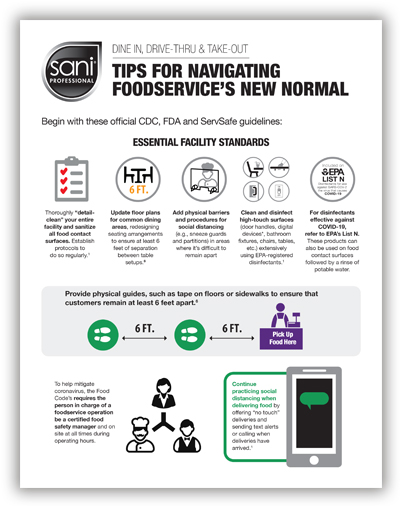COVID-19 has forced foodservice operators to change the way they interact with customers and do business. Both operators and customers are finding ways to adapt to the so-called “new normal.”
For customers, that means ordering more meals for delivery. The use of food delivery Apps like GrubHub, Postmates, and DoorDash is skyrocketing – in fact, restaurant delivery has grown 300% faster than dine-in and more than 50% of U.S. consumers now order food delivery at least once per week.1
What's more, diners say they'll likely continue to utilize third party ordering apps with contactless delivery even when COVID-19 is no longer a public health issue. Survey data shows a clear anticipated net decrease for both on-premise dining and on-site counter orders in the future.2
For operators, this increased demand for delivery has birthed new industry models: Ghost kitchens and virtual restaurants/brands (foodservice businesses designed exclusively for takeout and delivery). The operator rents or owns commercial kitchen space with no dine-in or front-of-house area and receives delivery orders via third-party app. A ghost kitchen can expand the delivery range for an existing operation into a new area, or established operators (often chains) can expand into delivery via an entirely new virtual brand.1 While COVID-19 regulations and restrictions have created difficult operating conditions for conventional brick-and-mortar foodservice establishments, ghost kitchens with no front-of-house are thriving and expanding.3
Regardless of operation type, food safety remains paramount. Ghost kitchens and virtual restaurants/brands must still protect customers from the threat of foodborne pathogens spread via cross-transmission and cross-contamination. That means instituting and following rigorous food safety, cleaning, sanitizing, and disinfecting protocols.
Food Safety Best Practices
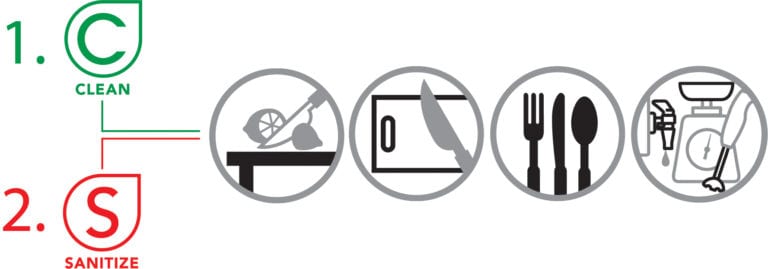
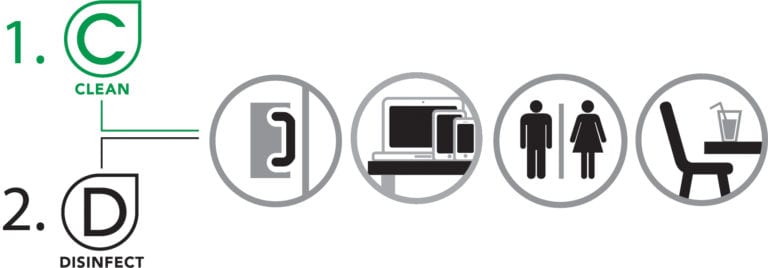
For disinfectants effective against COVID-19, refer to EPA’s List N. Products listed can also be used on food contact surfaces followed by a rinse of potable water. Just like brick-and-mortar operations, employees who exhibit signs of illness should not work until they are symptom free.5
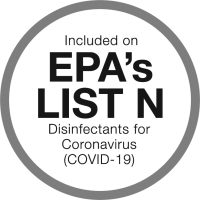
Good hand hygiene is also essential. If soap and water are not available, an alcohol-based hand sanitizer or hand sanitizing wipe with at least 60% alcohol should be used.6

Whether a ghost kitchen or a traditional operator, Sani Professional offers a complete line of cleaning, sanitizing, disinfecting, and hand hygiene products formulated especially for use in all type of foodservice environments.
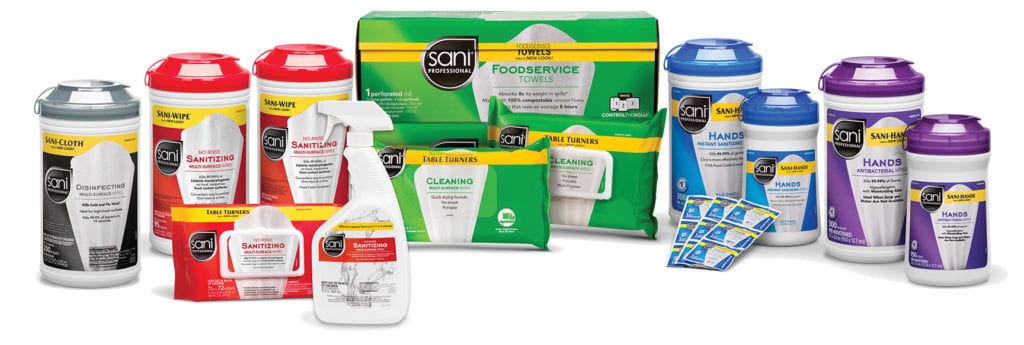
Download our helpful resource guide for food safety practices that protect customers for all foodservice business models.
Sources
- https://datassential.com/wp-content/uploads/2020/06/Datassential-Coronavirus26-06-19-20-1.pdf
- Datassential, “One Table: Consumer Insights and the Path Forward,” May 2020
- https://www.cdc.gov/coronavirus/2019-ncov/community/organizations/business-employers/bars-restaurants.html

